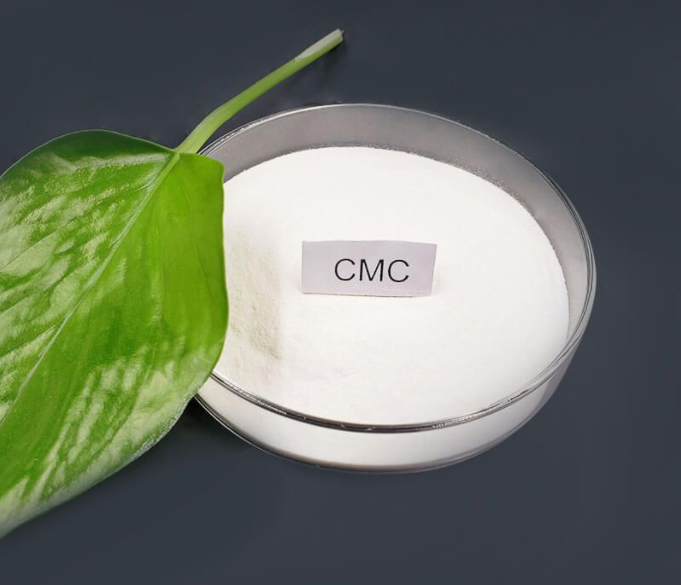Carboxymethyl cellulose (CMC) Makes Food Taste Better
Carboxymethyl cellulose (CMC) is an anionic water-soluble cellulose derivative. the solubility of CMC depends on DP and the uniformity of substitution and substitution distribution. the water solubility of CMC increases with decreasing DP and increasing carboxymethyl substitution and substitution uniformity.
learn moreis an anionic water-soluble cellulose derivative. the solubility of CMC depends on DP and the uniformity of substitution and substitution distribution. the water solubility of CMC increases with decreasing DP and increasing carboxymethyl substitution and substitution uniformity. The viscosity of the solution increases with increasing DP and increasing concentration.
CMC is soluble in water at any temperature. Due to its high hygroscopicity, CMC hydrates rapidly. When CMC powder is introduced into water, rapid hydration may result in agglomeration and caking. Caking can be eliminated by stirring the powder at high speed as it is added to water, or by premixing the CMC powder with other dry ingredients (e.g. sugar) before adding to water.

CMC Food Grade
Due to its high solubility and clarity in solution, CMC is commonly used in beverages and beverage dry mixes to provide a rich taste. It is also used in acidified protein beverages to stabilize proteins and prevent them from settling, and CMC is added to syrup and sauce formulations to increase viscosity. Baking is another application where CMC is commonly used to improve the quality and consistency of the final product. For example, in tortilla bread, it is used to improve the processability of the dough and the textural properties of the final product, including foldability and rollability.
The thickening effect of CMC is used in soups, sauces and tomato sauces. The ability to hydrate and retain water quickly and the shear thinning effect during piping or filling are supporting properties for these applications. Most importantly, CMC improves mouthfeel and creamy texture and reduces phase separation and dehydration shrinkage. Water binding effects are also used in processed meat applications. In addition to these savory applications, sweet products (such as waffle fillings with high sugar content) can be stabilized and thickened.
Ice cream: CMC is a common stabilizer in ice cream. It is soluble in cold water, which gives it an advantage in ice cream mixtures that are not affected by high temperatures. Unlike acacia bean gum, CMC does not impart any additional melting resistance to ice cream. CMC is more commonly used in the U.S. than in Europe, which may be related to the fact that a higher percentage of the European market is novelty products that benefit from improved melting resistance.
Baking: CMC is commonly used in cakes, muffins and tortillas to improve the texture of the product by increasing moisture retention.
Beverages: CMC is used as a stabilizer in juice beverages and beverage concentrates. Juice beverages usually consist of fruit juice diluted with water. To improve the taste and texture of the beverage, a citric acid/citrate buffer is usually added and some additional sugar and CMC can be added to improve the taste of the beverage. Low-calorie beverages without the viscosity contribution of added sugar will have a very thin and watery texture without the addition of a viscosity modifier.
Please contact manufacturer TANGPENG to find the quote, we will reply to you soon.